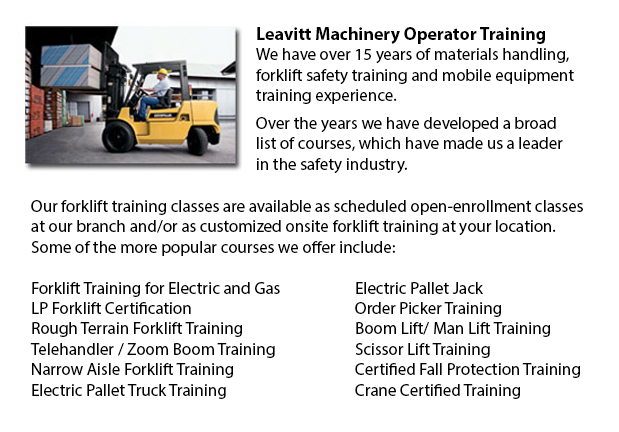
Aerial Lift Training Hamilton - Aerial lifts can accommodate many tasks involving high and tough reaching spaces. Sometimes used to perform routine maintenance in buildings with lofty ceilings, prune tree branches, raise burdensome shelving units or repair telephone lines. A ladder might also be used for some of the aforementioned jobs, although aerial hoists provide more security and strength when correctly used.
There are a handful of distinctive designs of aerial hoists accessible, each being able to perform moderately different tasks. Painters will sometimes use a scissor lift platform, which can be used to reach the 2nd story of buildings. The scissor aerial lifts use criss-cross braces to stretch and extend upwards. There is a table attached to the top of the braces that rises simultaneously as the criss-cross braces raise.
Container trucks and cherry pickers are another type of aerial hoist. They contain a bucket platform on top of an extended arm. As this arm unfolds, the attached platform rises. Lift trucks use a pronged arm that rises upwards as the handle is moved. Boom hoists have a hydraulic arm which extends outward and elevates the platform. All of these aerial lifts have need of special training to operate.
Through the Occupational Safety & Health Association, also called OSHA, education programs are on hand to help make certain the workforce satisfy occupational principles for safety, system operation, inspection and repair and machine load capacities. Workers receive certification upon completion of the course and only OSHA licensed workers should operate aerial platform lifts. The Occupational Safety & Health Organization has developed rules to maintain safety and prevent injury when using aerial lift trucks. Common sense rules such as not utilizing this machine to give rides and making sure all tires on aerial hoists are braced in order to hinder machine tipping are noted within the guidelines.
Unfortunately, data reveal that more than 20 aerial lift operators die each year when operating and nearly ten percent of those are commercial painters. The majority of these incidents were triggered by inadequate tie bracing, therefore some of these may well have been prevented. Operators should ensure that all wheels are locked and braces as a critical safety precaution to stop the instrument from toppling over.
Marking the surrounding area with visible markers need to be used to safeguard would-be passers-by so they do not come near the lift. Furthermore, markings should be set at about 10 feet of clearance between any utility cables and the aerial lift. Hoist operators should at all times be appropriately harnessed to the hoist while up in the air.
-
Scissor Pallet Trucks
Scissor Pallet Truck Training Hamilton - Scissor pallet vehicles are designed for transporting and lifting singly stacked pallets by integrating a lifting system that permits the pallets on the truck to be elevated. This equipment is a first-rate ins... More -
JLG Telehandler
JLG Telehandler Training Hamilton - In the late 1960's John L. Grove, with his wife Cora embarked on on a cross country excursion in their RV. Recently retired, after spending several years working with his brother to build their crane business into... More -
Nissan Forklift
Nissan Forklift Training Hamilton - Nissan takes immense pleasure in achieving total consumer satisfaction, when their consumer is experiencing one of their many products including cars, trucks, and lift trucks. Nissan Motor Co. Ltd is the parent com... More -
Komatsu Forklift
Komatsu Forklift Training Hamilton - Komatsu Forklift U.S.A. Inc., a member of the Komatsu Ltd. family, has a positive reputation for building robust and reliable forklifts. They are recognized worldwide as a business who has a proud heritage and who... More -
Pallet Stackers
Pallet Stackers Training Hamilton - A pallet stacker is a kind of pallet jack that is employed to transport, stack and lift palletized merchandise that are too heavy for manual lifting. Its main purpose is to load and unload pallets on vehicles, in a... More

Forklift Certification Hamilton
TOLL FREE: 1-888-254-6157
Hamilton, Ontario
forkliftcertificationhamilton.com
Email Us
About Us


